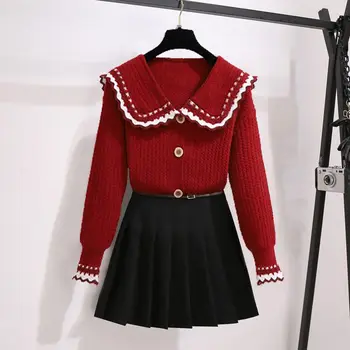
De primăvară și toamnă pentru femei costum 2022 noua moda coreeană varsta reducerea de sus subțire fusta elegante femei din două piese set pentru < Îmbrăcăminte Pentru Femei - www.saboo.ro
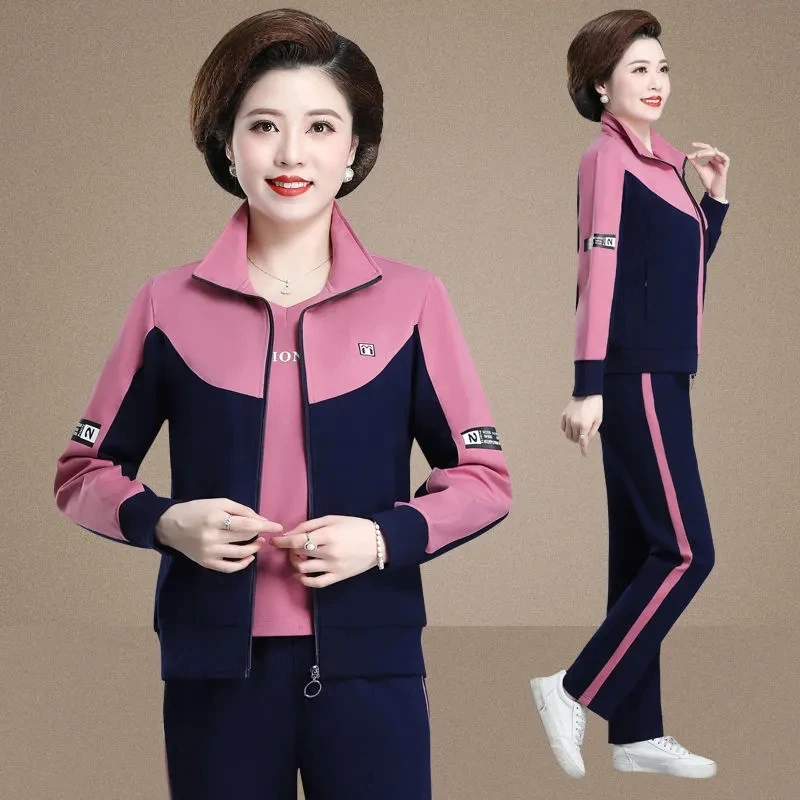
De Vârstă Mijlocie Mama Casual Trening Femei Set De Trei Piese Plus Dimensiune M-4xl Sacou Casual + Tricou + Pantaloni Costum Nou Jogging Trening cumpara online ~ Costume și seturi < Guar.ro
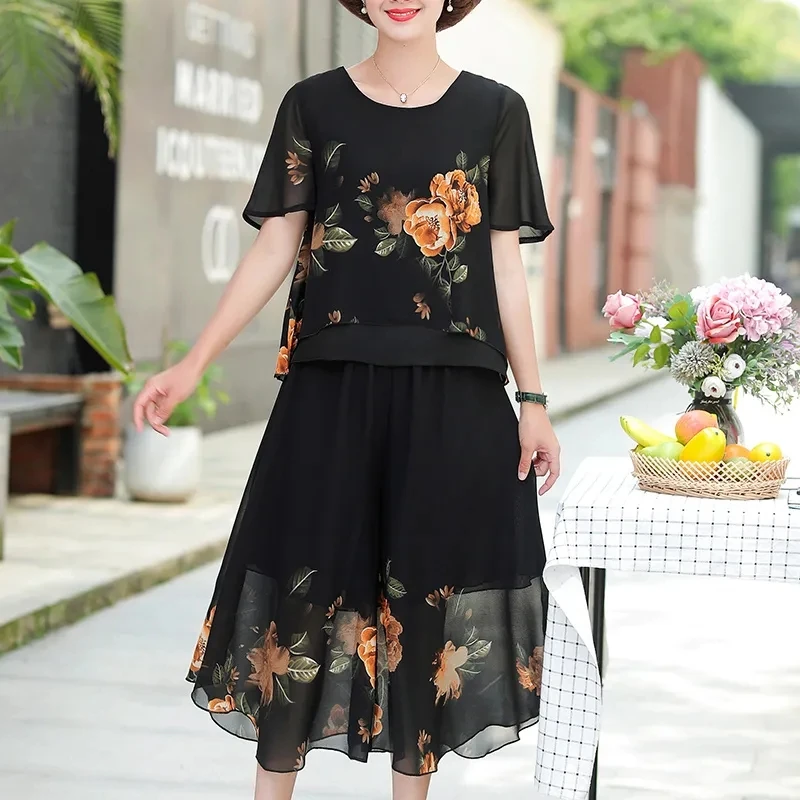
Mama lui de vară șifon top fusta-pantalon costum de vârstă mijlocie 40 cu mânecă scurtă de vârstă mijlocie și vârstnici, femei tendință set de două piese m420 vanzare < Îmbrăcăminte pentru femei \

Vanzare De vârstă mijlocie și vârstnici, femei, costume de vara cu maneci scurte din bumbac t-shirt lenjerie top si pantaloni largi 2 buc serviciu acasă seturi 5xl \ Îmbrăcăminte pentru femei /
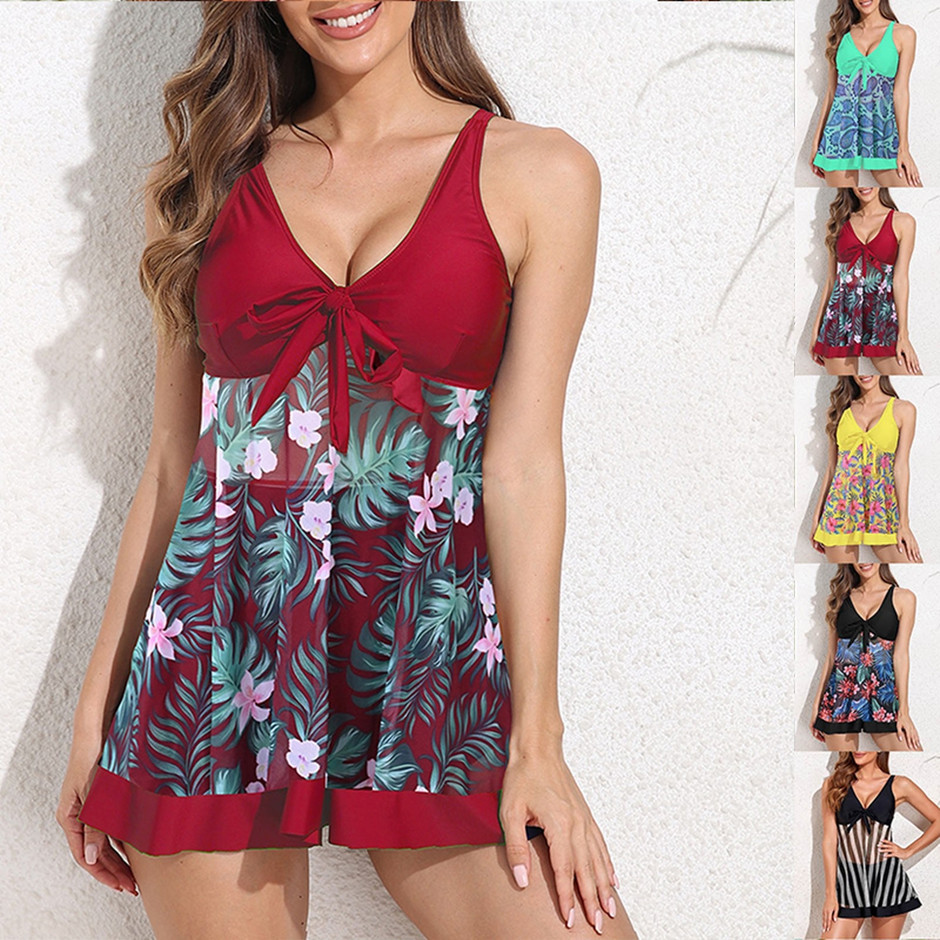
Costume de baie pentru femei în vârstă Costum de baie despicat pentru femei Topuri de bikini pentru femei 3x Costum de baie pentru femei Pantaloni scurți - Baduglobal.ro

Vanzare De vârstă mijlocie și vârstnici, femei, costume de vara cu maneci scurte din bumbac t-shirt lenjerie top si pantaloni largi 2 buc serviciu acasă seturi 5xl \ Îmbrăcăminte pentru femei /

Moda Vârstă-reducerea Primăvară Mici Proaspete Costume Femei Vrac de Mari Dimensiuni de Grăsime Mm Slim Slim Miyake Cutat Casual Costum din Două piese - Îmbrăcăminte Pentru Femei | Jurnaldebarlad.ro
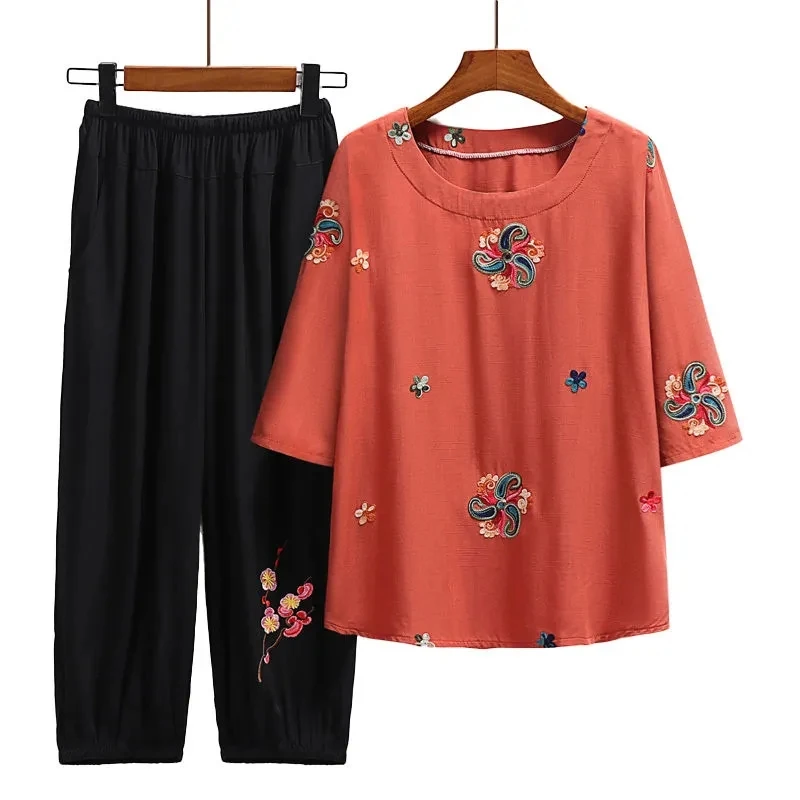
6XL de Vârstă Mijlocie, în Vârstă Femei Costume de Haine de Vară de Trei Sfert Mâneci Brodate T-Shirt de Sus @ Pantaloni Set de Două Piese 2022 pentru < Îmbrăcăminte pentru femei /

Mama lui de vară șifon top fusta-pantalon costum de vârstă mijlocie 40 cu mânecă scurtă de vârstă mijlocie și vârstnici, femei tendință set de două piese m420 vanzare < Îmbrăcăminte pentru femei \
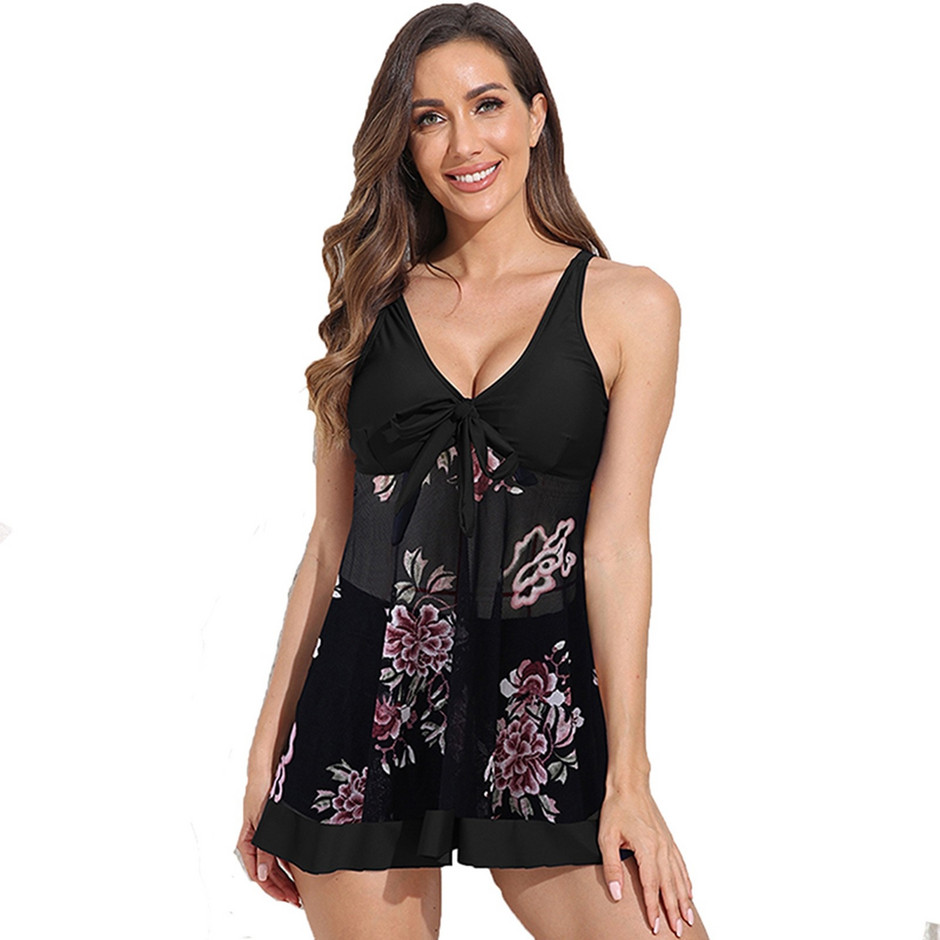
Costume de baie pentru femei în vârstă Costum de baie despicat pentru femei Topuri de bikini pentru femei 3x Costum de baie pentru femei Pantaloni scurți - Baduglobal.ro

Noul Sport Casual de varsta Mijlocie Femei de Primăvară Toamnă Două Seturi de Piese Costum de sex Feminin O-gât Topuri și Pantaloni Costume de Mari dimensiuni Trening La reducere! > Costume Și

Femei elegante munca gâfâi costume ol 2 bucata set interviu de afaceri costum set uniform subțire blazer și creion pantaloni office lady - Îmbrăcăminte Pentru Femei / www.spau.ro















